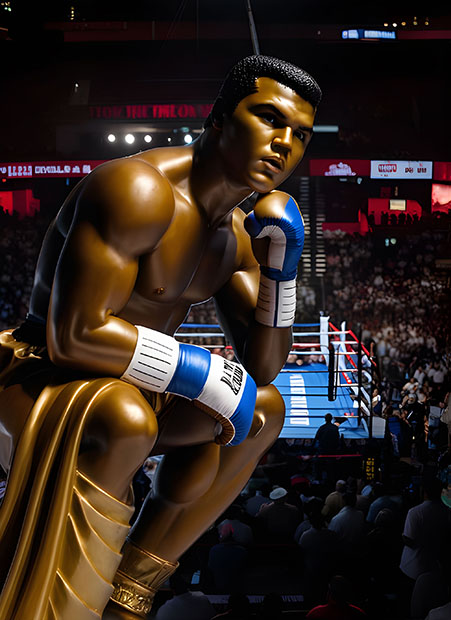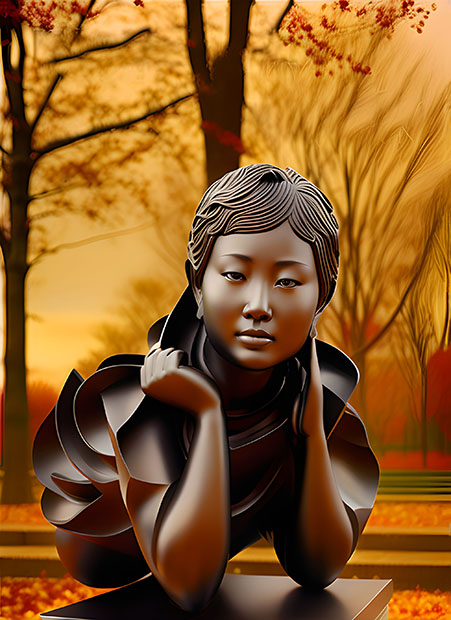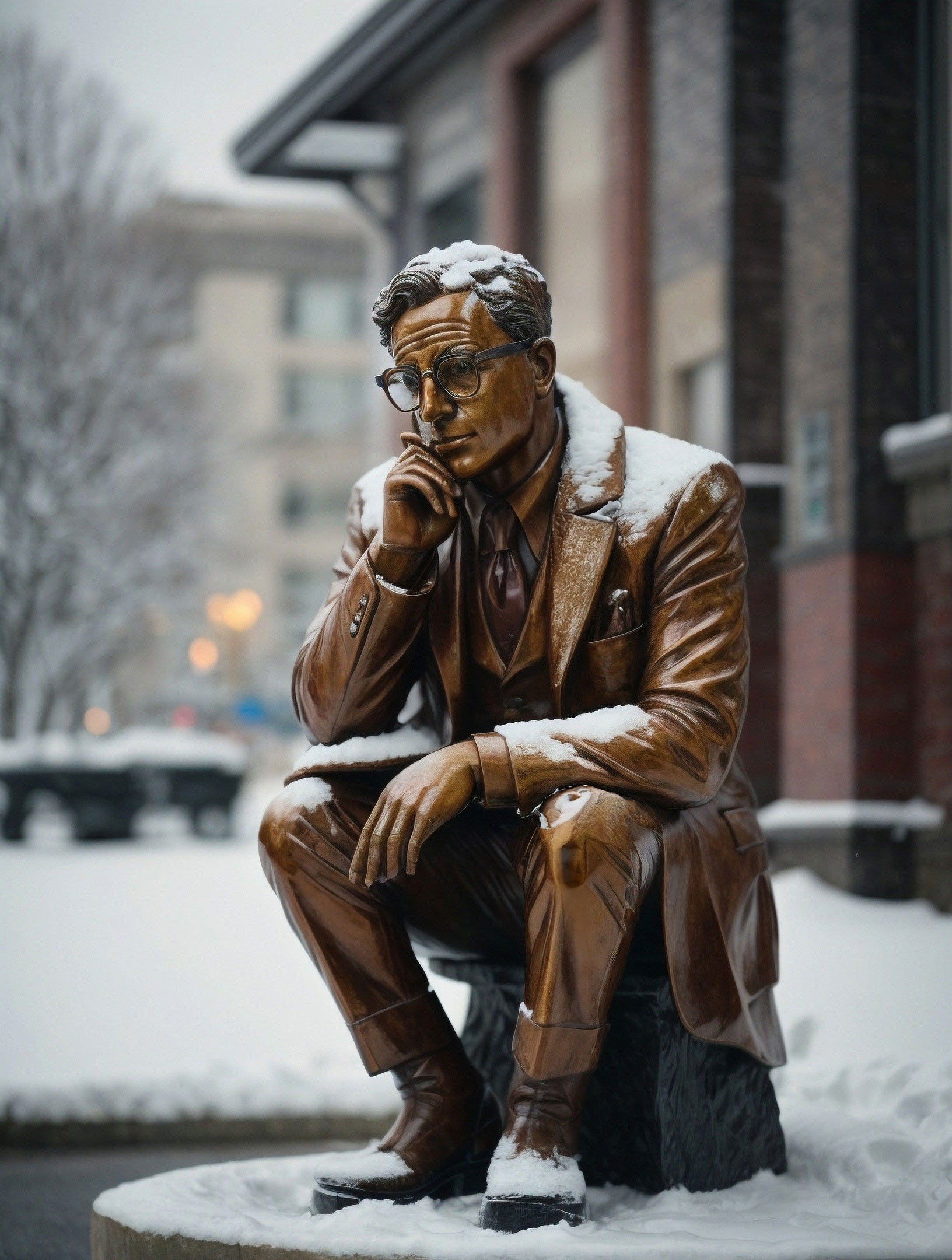Viktor Frankl transformed modern psychology through his profound understanding of human meaning and resilience, forged in the crucible of Nazi concentration camps. Born in Vienna to a Jewish family, he showed early promise in psychology, corresponding with Sigmund Freud as a teenager and developing his initial theories about meaning as life’s primary motivational force before World War II.
His experiences in four concentration camps, including Auschwitz, tested and ultimately validated his theories about meaning’s crucial role in human survival. After losing his pregnant wife, parents, and brother in the camps, Frankl observed that prisoners who maintained a sense of purpose were more likely to survive. This insight became the foundation of logotherapy, his revolutionary approach to psychotherapy that emphasizes finding meaning as essential to mental health.
After the war, Frankl wrote “Man’s Search for Meaning” in just nine days, articulating his theory that humans can endure almost any “how” if they have a strong enough “why.” His work suggests three primary ways to discover meaning: through creative work, through experiences and relationships, and through the attitude we take toward unavoidable suffering. This perspective challenged both Freudian and behavioral approaches to psychology, establishing what became known as the “Third Viennese School of Psychotherapy.”
Despite his traumatic experiences, Frankl remained fundamentally optimistic about human potential, arguing that meaning exists under all circumstances and that everyone has the freedom to choose their attitude even in the most desperate situations. His influence extends beyond psychology into broader discussions about human resilience, purpose, and the nature of existence itself.
Viktor Frankl’s Statue
The statue captures Frankl in weathered bronze, seated in deep contemplation against a stark modernist backdrop. His characteristic wire-rimmed glasses and thoughtful expression are meticulously rendered, while his hand positioned at his chin suggests both intellectual depth and emotional understanding. The piece shows him wearing a simple suit, emphasizing his role as both a clinician and a profound thinker about the human condition. Set within a contemplative space with dramatic lighting, the statue creates a powerful dialogue between light and shadow, symbolizing his insights about finding meaning even in life’s darkest moments. The polished surface of the bronze catches and reflects light in ways that suggest hope and resilience, central themes in Frankl’s work and life.
More Thinkers to Explore

Muhammad Ali

Maya Lin

John Lennon

